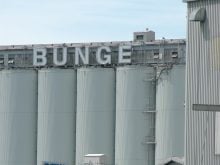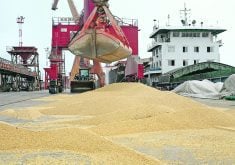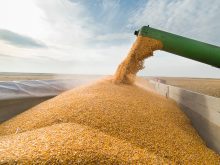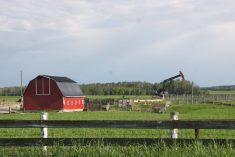Low initial payment levels for 2003-04 wheat and feed barley shouldn’t be a problem for farmers if they take advantage of a new Canadian Wheat Board program, says chair Ken Ritter.
Farmers who sign up for the new early payment option program for their wheat and feed barley will receive 80 percent of the Pool Return Outlook price when they deliver their grain.
That’s five percent age points more than the 75 percent of the PRO that initial prices historically cover, and a lot more than this year’s initials, which the federal government has set cautiously low.
Read Also
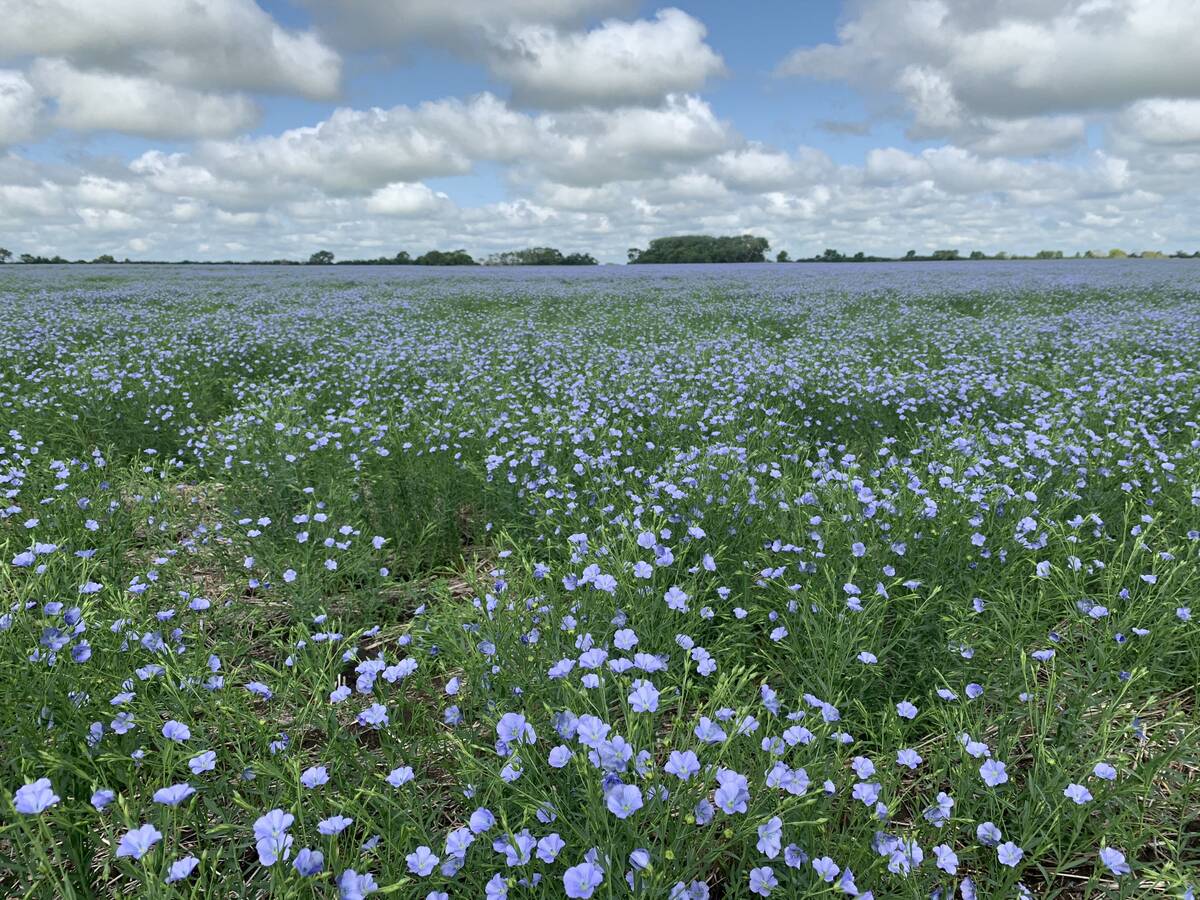
Flax sector sees omega-3 opportunity
SASKATOON — A global shortage of omega-3 oils could be an opportunity for the flax sector, says an industry official….
The new initials give farmers only 65 percent of the PRO for feed barley, 66 percent for durum, 69 percent for wheat and 74 percent for malt barley.
“We took matters into our own hands and brought them to a level we feel is fair, that the cost of doing that is not excessive at all . . . and we think it’s worthwhile doing,” Ritter said.
Farmers will have to sign up for the program, which will cost between 50 cents and $1 per tonne. Ritter said that pays for the cost of covering the risk, advancing the money to farmers and administering the program.
EPO programs already exist for board commodities, with the durum EPO to be introduced Aug. 28, but they give farmers 90 percent of the PRO price when they deliver the grain. However, sign-up costs are higher because they are more risky for the board.
The new 80 percent EPO is designed to fill in the federal government’s shortfall without costing farmers much money, Ritter said.
Federal officials would not tell the board exactly why they set the initials so low, but Ritter said they did not appear to trust the board’s PROs as a safe bet.
“We put forward numbers which reflected normal risk tolerances in the past, which is roughly 75 percent (of the PRO), and they came back with approval of (lower) numbers.”
The board did not hide its displeasure when the new initials were announced.
“We believe that they should have been set at (75 percent),” said board spokesperson Louise Waldman.
“That would have struck a reasonable balance between meeting farmers’ cash flow needs and managing the risk of significant reductions of price. Obviously the federal government didn’t feel that way and we’re certainly disappointed by the decision to set the initials at a lower level than we recommended.”




